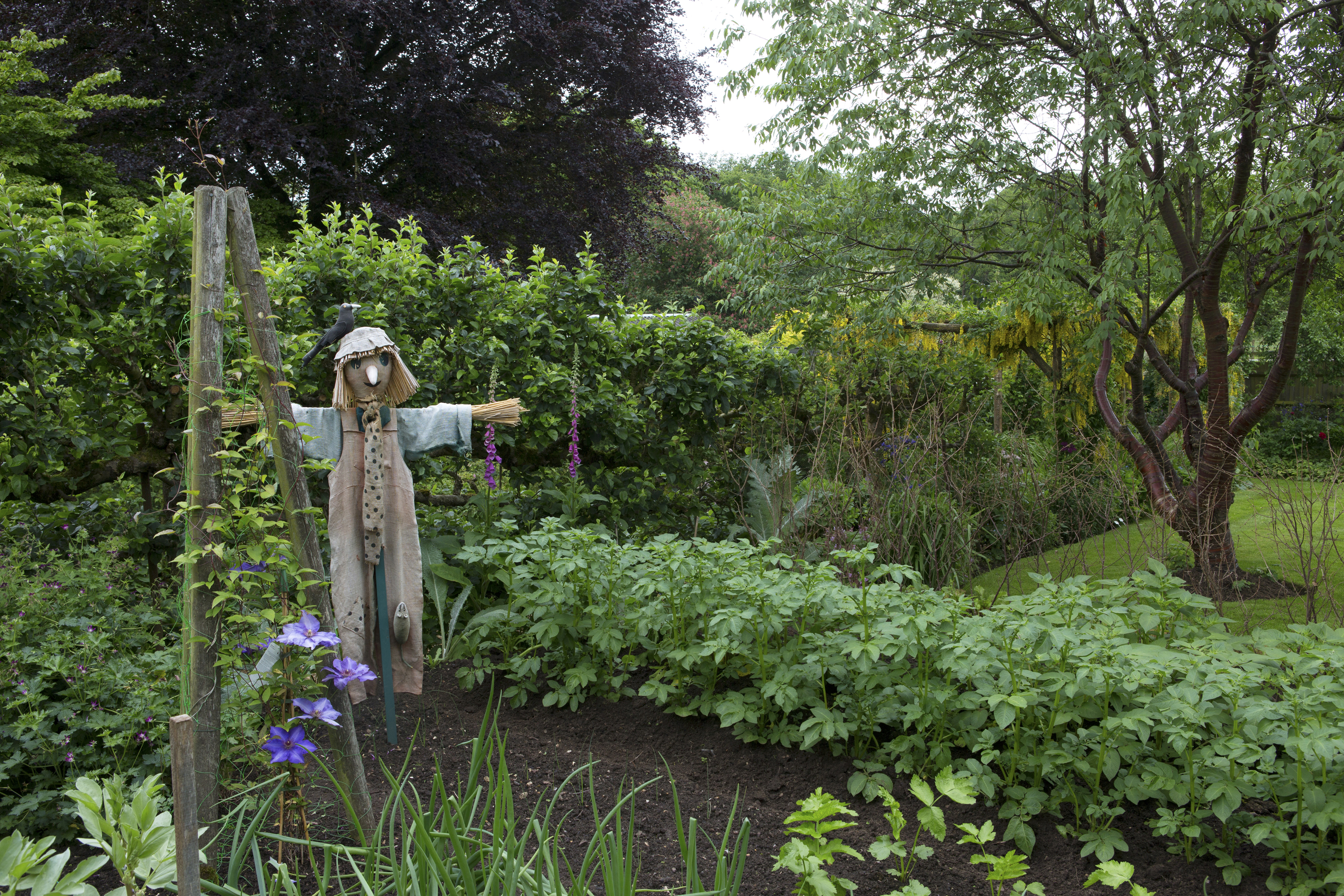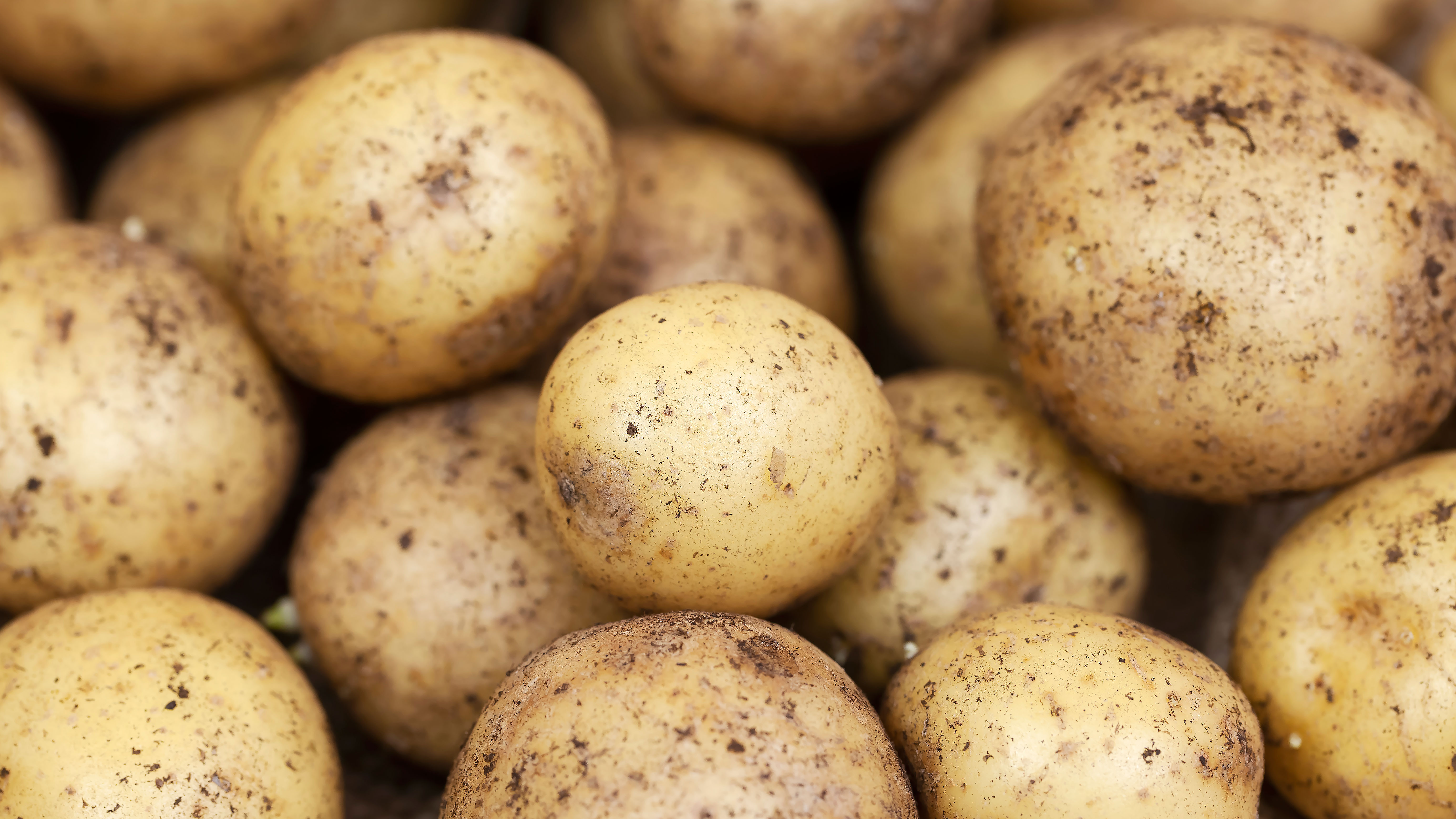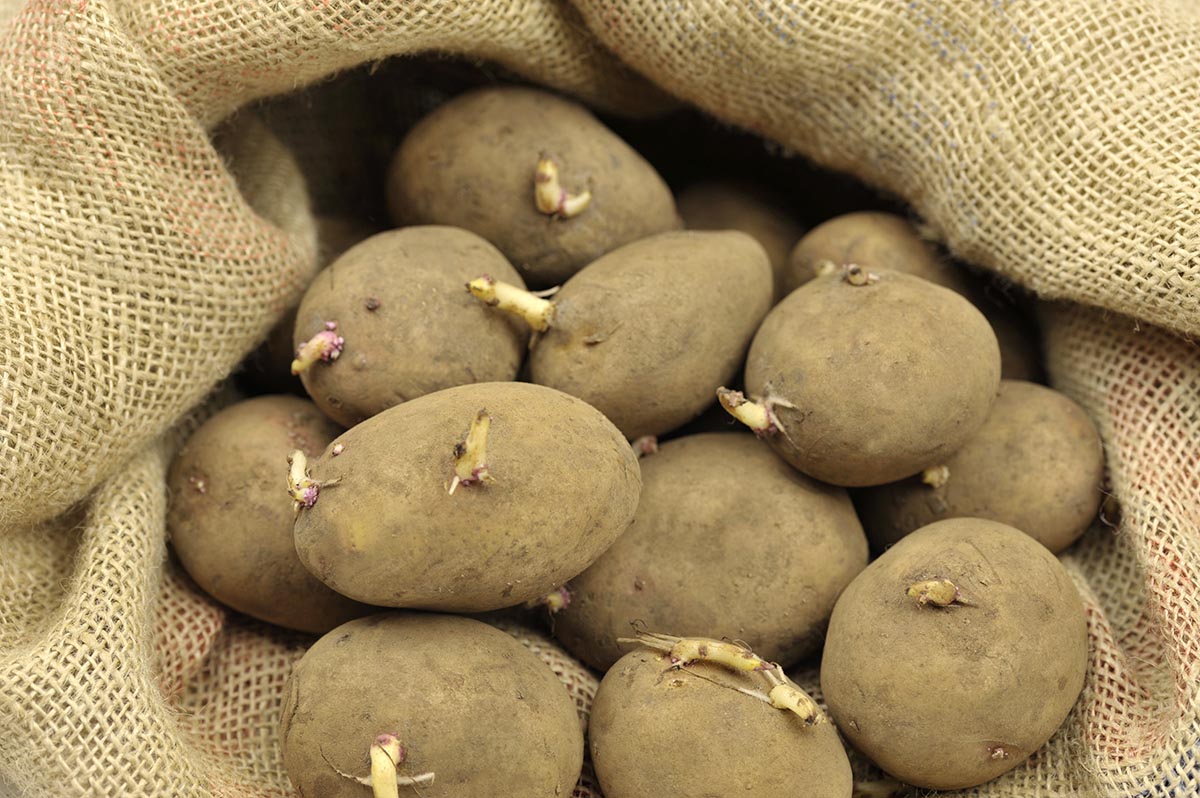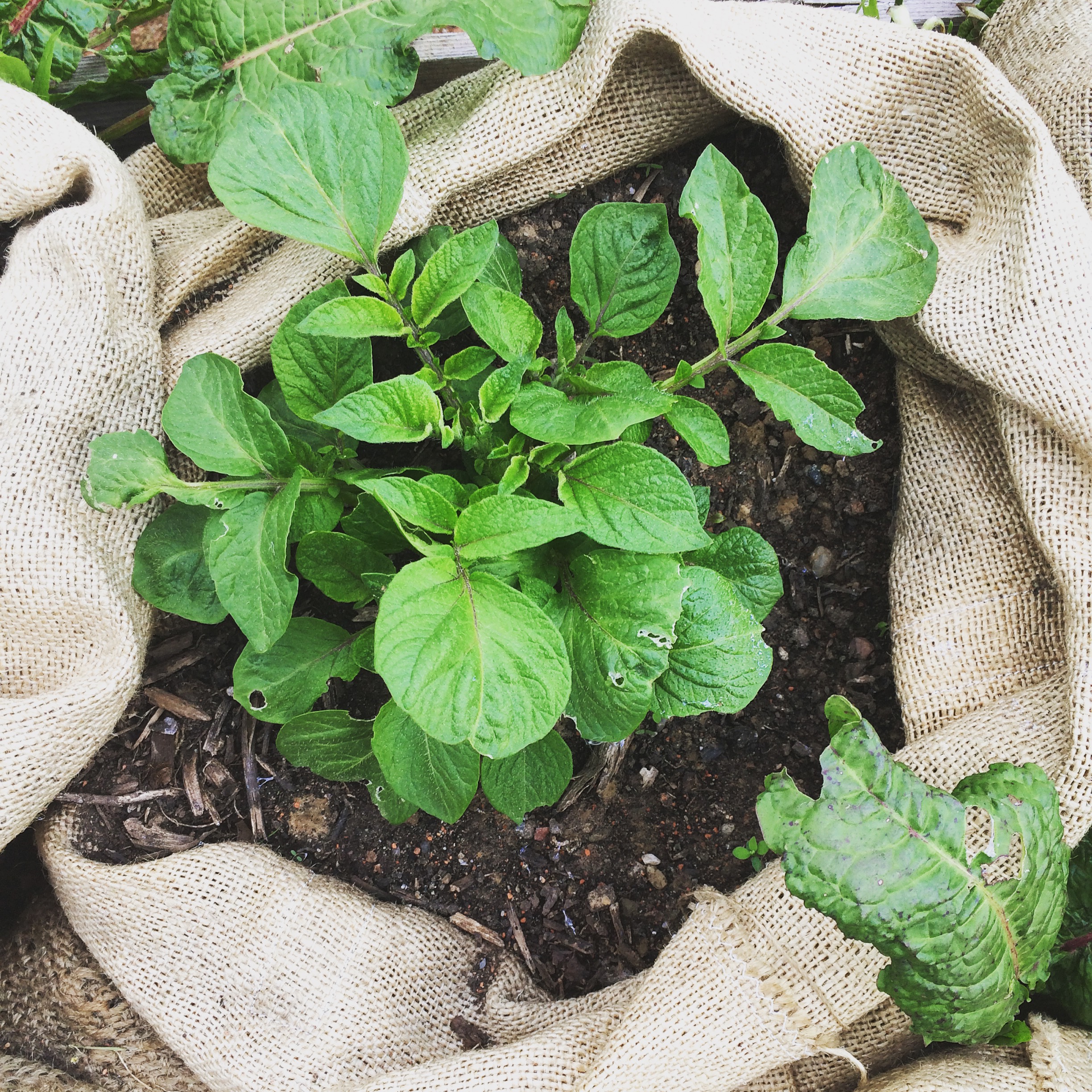When to plant potatoes: including tips on how and where to plant them
Find out when to plant potatoes and how to do it for a healthy homegrown crop

Who doesn't love a potato? Mashed, roasted, boiled, chipped... mealtimes would be woefully lacking without the terrific tubers. And the tastiest of all? Those you have grown yourself, of course. So, when should you plant potatoes, and how do you get the most from your crop?
The flavour of a homegrown spud is unparalleled. Plus there are many exciting varieties to grow yourselves that you won't find in the shops. And if you needed any more reasons to plant some, now is looking like a good time to grow your own and try and be self sufficient (or at least in the spud department).
Yet, while planting potatoes is very easy, there are a few specific things to do to ensure a good yield that will keep you well fed for the rest of the year. Read on to find out, or for more gardening tips and advice head to our dedicated garden ideas page.
- Include a veggie plot as part of your new garden design with our guide
When to plant potatoes
There are many different types and varieties of potatoes, but these can generally be grouped as early, second early and maincrop potatoes. As a general rule the planting times when growing them in the ground are:
- First earlies: late March – for harvesting in June and July (10–12 weeks after planting)
- Second earlies: early to mid-April – for harvesting from late June through to August (10–12 weeks after planting)
- Maincrop: mid to late April – for harvesting from late August through to October (15–20 weeks after planting)
If you're short of space in the garden then first early potatoes are the best for you to plant as they take up less space. They are also less likely to be affected by pests as you lift them earlier.
Maincrop potatoes take up the most space in the vegetable plot, but are the best for storing.
For more info on how to grow your own, be sure to check out our advice piece.
Get small space home decor ideas, celeb inspiration, DIY tips and more, straight to your inbox!

What are potatoes grown from?
Get more gardening advice from Period Living

Period Living is the UK's best-selling period homes magazine. Get inspiration, ideas and advice straight to your door every month with a subscription.
Potatoes are grown from special 'seed' potatoes – called tubers – which are virus free. You can buy them from late winter onwards. Places to buy seed potatoes include:
Don't try saving and planting your old potatoes as you're unlikely to end up with a reliable harvest.
You will need to start the seed potatoes off indoors and chit them – encourage them to sprout – before they are planted. This is essential with earlies and a good idea for maincrop.
Do this about six weeks before you intend to plant out the potatoes.
Here is how to 'chit' potatoes:

- Place potatoes, blunt end up, in a tray or old egg box with lots of natural light
- Leave them to develop shoots
- When the shoots are about 3cm long they are ready to be planted out
Where to plant potatoes
If you are growing potatoes in the ground:
- Choose a sunny position
- Potatoes like fertile, well-draining soil – prepare the ground by digging in plenty of organic matter
- Space earlies 12cm deep and 30cm apart with 60cm between rows
- Space maincrop 12cm deep and 38cm apart, with 75cm between rows. They need more space as they stay in the ground longer
- Add fertiliser after planting
- Avoid growing potatoes in the same plot more than two years in a row
- If planting potatoes in more alkaline soil, try applying sulphur after planting to help to deter skin blemishes on the potatoes
How to grow potatoes
As growth appears you need to 'earth up' potatoes. This protects the new foliage from frost damage and protects the potatoes from light, which turns them green. You should discard any green potatoes as they are quite toxic.
To 'earth up' potatoes:
- With young potato plants, as soon as they emerge above ground draw some soil over the top to cover them again
- Once the stems are about 23cm high, draw the soil up the stem to create a ridge about half way up the stem
- Repeat this process as the stems grow, to a final ridge height of about 30cm
- The aim is to protect the tubers from light
- Keep potatoes well watered in dry weather
How to grow potatoes in a bag

Method:
1. First, chit the potatoes you plan on planting. Chitting simply means letting your potatoes sprout. You can do this by leaving your potatoes out on a cool windowsill for a few weeks.
2. Once the potatoes have sprouted green shoots about 5cm long, they're ready to plant. There are different methods for planting potatoes in bags, with the most popular one involving filling the bag up to a quarter, planting the potatoes and then filling the bag up with the rest of the compost.
This is the oldest method, but your potatoes will still be fine if you plant them into a fully filled bag – you just need to make sure they are well covered by compost and shielded from sunlight.
3. Water the compost well and continue watering regularly throughout the growing period. Potatoes are hungry feeders and will need a liquid fertiliser every other week, unless you mix granular fertiliser in with the compost prior to planting.
4. New potatoes are ready to harvest about 10 weeks after planting, when the potato plants are flowering. Second croppers are ready by about mid-November, but you'll need to protect them from frost by either moving the bag into a greenhouse, or covering the top with straw.
When to harvest potatoes and how
Earlies
Weather conditions permitting, first early potatoes should be ready to lift in June and July; second earlies in July and August.
There will be no decent sized potatoes until the plants have flowered, so wait until the flowers open or buds drop. Do a test dig to see if they are of a useable size.
Only harvest what you need for a couple of days at a time. Lift them gently using a fork, not spade.
Leave the rest to grow on for up to 2 weeks – it's not recommended to leave them much longer than this as the skins will begin to harden and get thicker.
They are best eaten as soon as possible after harvesting, or store in a cool, dark place for 5 to 7 days.
Maincrop
Maincrops should be ready to harvest from late August through to October.
With maincrops, wait until the foliage turns yellow, then cut it and remove it. Leave it 10 days before harvesting the tubers.
These are the varieties you will store through winter due to their thicker skins. Leave them to dry for a few hours before storing in hessian or paper sacks. Make sure there are no damaged potatoes as these will rot and affect others in the crop. Keep them in a cool, dry, dark frost-free space. They should last you for many months.
More gardening advice
- Vegetable gardening: for beginners
- How to prune apple trees
- The best budget garden ideas
- Organic gardening: how to grow organic fruit and vegetables